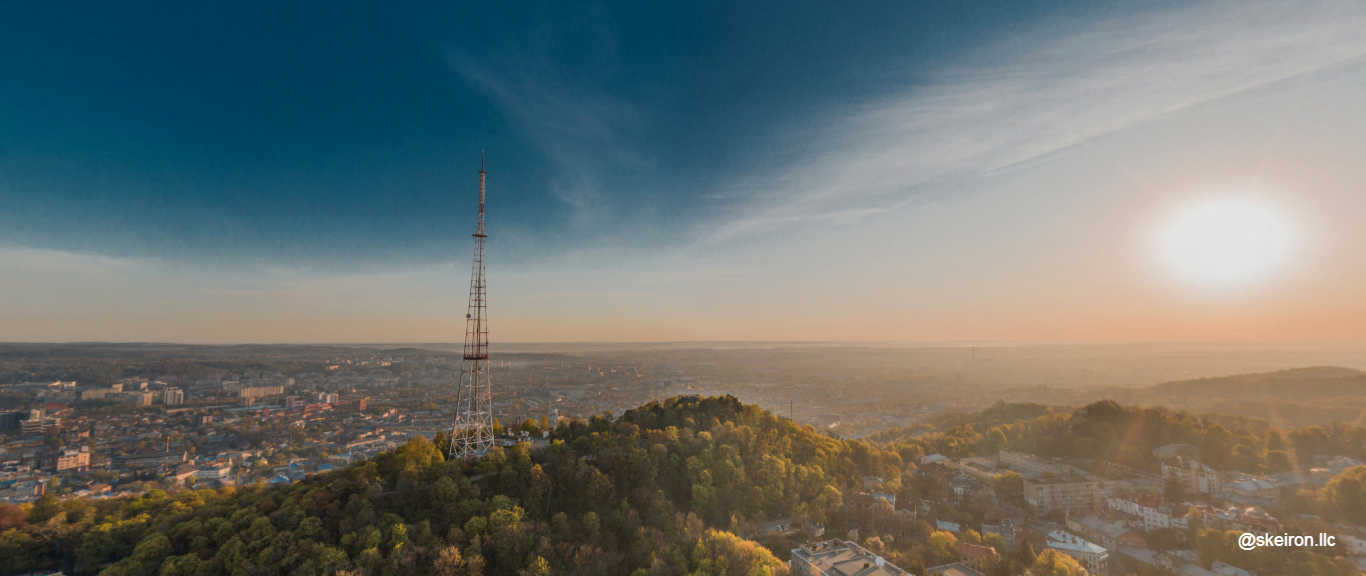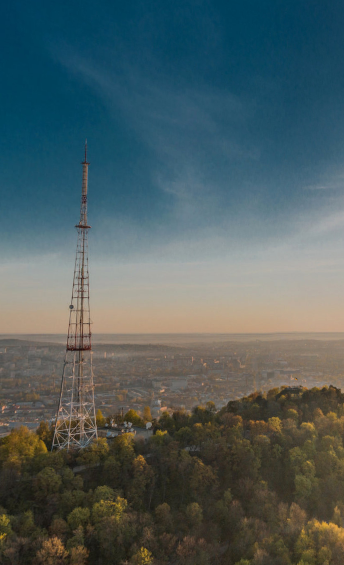Lviv is a very hilly city. In ancient times, people tried to build their settlements near the hills, because they clearly showed the approach of enemies. Later, fortifications were placed on the same hills: first - wooden fortresses, later - impregnable stone castles. It was the presence of a hilly area and a navigable river that gave impetus to the establishment of settlements first, and later the city of Lviv.
The “main” hill of the city is called “Castle Hill”, or more often “High Castle”. But tourists who expect to see a real fortress here and do not know the history will be disappointed - from the castle there are only small ruins, and the name. Today it houses the tallest and most famous observation deck, a TV tower and a rather beautiful park.
We would like to tell you more about the history of this surprisingly beautiful Lviv location.
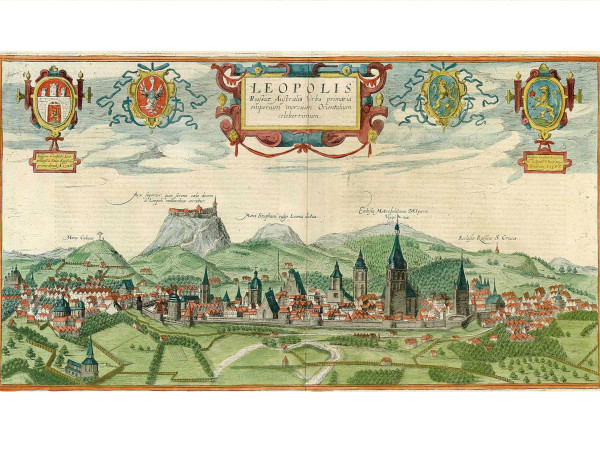
In ancient times, this area was known as “Budelnytsia”, which could mean a brick fortification of princely times - a defensive tower – “pillar”, or the prince's palace. During the Gothic period of Lviv, this name was transformed into the French “Bidel”. In 1870, during excavations, a layer of coal and ash was found, with the remains of oak foundations beneath it - probably the remains of fortifications from princely times; also skulls, flint points, utensils with unburned bones. It is also known from the works of chroniclers Bartholomew Zimorovich, Jan Alnpek, and Martin Gruneweg that the fortifications on the Castle Hill were built under the leadership of Lev Danylovych, after whom the city was named King Danylo.
Modern research says that the fortifications were built by King Danylo, but the hill was steep and inconvenient for lifting food convoys, so he decided to build a second “Low Castle” near the shores of Poltva, on the site of which today is a souvenir market Vernissage, and she the river is hidden under the cobblestones.
Later, in 1950, during excavations conducted by archaeologist Olexiy Ratych, the foundation of a round tower was discovered, which dates back to the turn of the XII-XIII centuries, that is, the times of the Galician-Volyn prince Roman Mstislavovych.
It was probably the southwest tower of a wooden fortress with two brick towers. However, neither archaeologists nor chronicles can give a clear answer “when the castle was built here”.
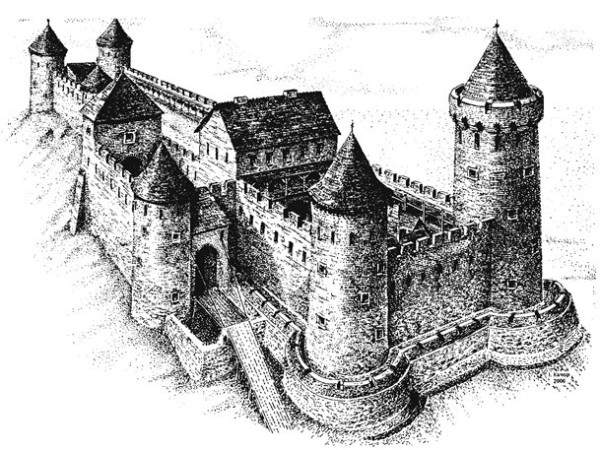
When Lviv moved to Poland, where Jan Casimir III was king at the time, the wooden fortress was destroyed and a stone one built in its place. In 1648 the mountain and the castle were captured by Cossack troops led by Maxym Kryvonis, and later during the storming of Lviv by the Swedish army of King Charles XII the castle no longer had a protective function and no one defended it. Later, during the 18th century, it gradually turned into ruins, the stone of which was used in the 19th century to build townhouses and pave streets.
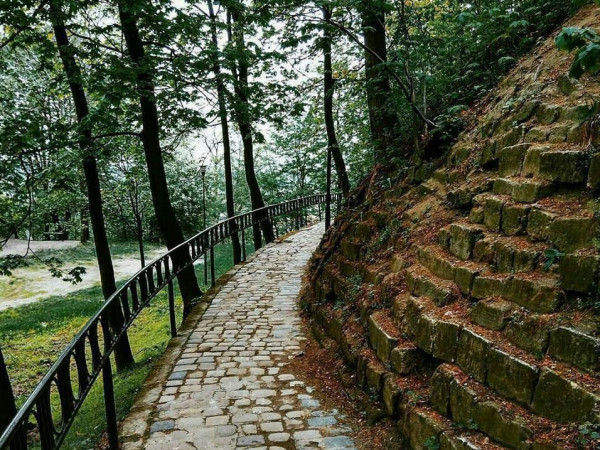
Proponents of the beauty of the city in 1835-1839 surrounded the mountain with trees and shrubs. In 1845, a coffee house was built on the terrace, which appeared after the ravine was filled up (from the side of Kniazha Hora) between Zamkova and Kniazha. It was in 1835 that the High Castle Park was founded and planned by Bauer, the city's chief gardener.
The park consists of two terraces. On the lower terrace there is a gardener's house, a memorial sign in honor of Maxim Krivonos, a restaurant of the same name and a lower observation deck. On August 15, 1841, an artificial cave was built here - a grotto, which was decorated with lions from the old fallen town hall. They hold shields with the coats of arms of Lviv patrician families.

On the upper terrace there is an artificial mound (Kopets of the Lublin Union) with an observation deck (height 413 above sea level), built in 1869–1900 by the Polish community of the city in honor of the 300th anniversary of the Lublin Union. The idea of creation was first expressed by Frantsishek Smolka, a well-known politician and public figure. The city council decided to build an embankment on Castle Hill, known as the High Castle (or since 1851 as Franz Josef Mountain). Construction of the embankment was completed in the 1900s.
The celebration of the anniversary was an opportunity for a demonstration, which was attended by representatives from different parts of the Austro-Hungarian Empire. Next to the embankment was a stone with carved coats of arms and the inscription: “Free with free, equal with equal - Poland, Lithuania and Russia were united by the Union of Lublin on August 12, 1569.”
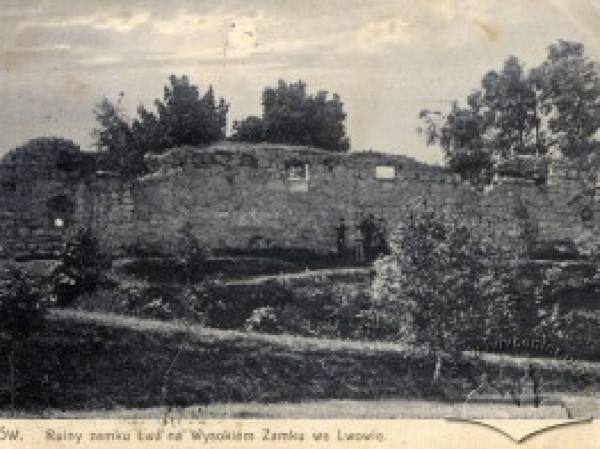
At the foot of the mound there are the remains of the defensive wall of the High Castle, from which the material for the construction of the mound was later taken. In the upper part of the park since 1957 is the Lviv TV Center and the Lviv TV Tower (192 meters high) TV broadcast.
Lev Lorentsovych was installed at the foot of the mound in 1874 (a sculpture of a stone lion, erected in 1589 on a high column to the left of the main gate of the Lviv City Hall by Mayor Stanislav Scholz). In 2008 it was transferred to the Lviv Historical Museum and installed in the Italian courtyard.
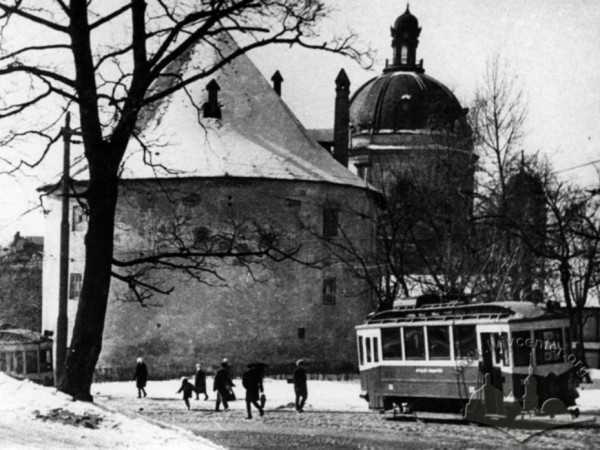
By the way, once public transport ran to the entrance of the park. In 1910–1970, these were trams of the route №12 Suvorova Street (now Sakharova Street) - High Castle. The tram line was opened on August 7, 1910 and ran through Prosvita, Lysenko, Hutsulska and Krivonosa streets. In the area to Hutsulska Street, it was two-track, and then - single-track. This was the most difficult tram line in Lviv in terms of relief. In 1970, it was closed because the old trams, built in the early twentieth century, have completely exhausted their resources.
Following the closure and dismantling of the tram line, the №11 bus route was introduced, which ceased operations in the early 1990s. In the 2000s, the 9 bus route to the High Castle was introduced, but it did not last long.
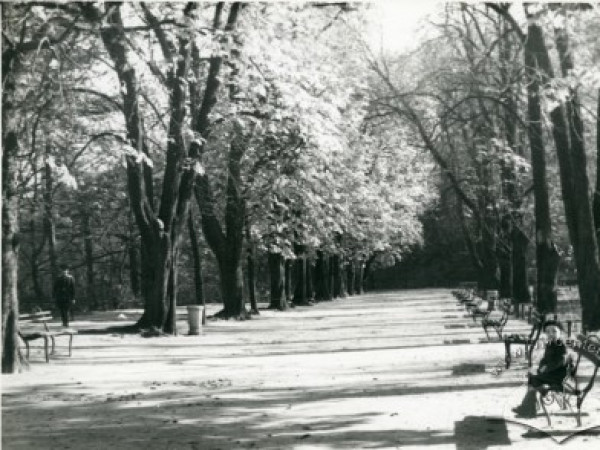
Today it is possible to reach the High Castle only on foot or by car. If you go by private transport or use a taxi, then to get to the Castle Hill you will need to go up Maxim Krivonos Street - at the highest point of the street you will see a restaurant, parking and entrance to the park.
If you decide to climb the mountain on your own - the best way for you will be the road to Pidvalna Street to the square “On the ramparts”. Further along the main alley of the park, despite the fire department and skate park, up to the Memorial to the Heroes of the Heavenly Hundred - then along Zamkova Street to the foot of the park entrance.
Another option is not to cross Maksyma Kryvonosa Street, but to climb it and return to Kniazha Street - from here you can also get to the High Castle Park.
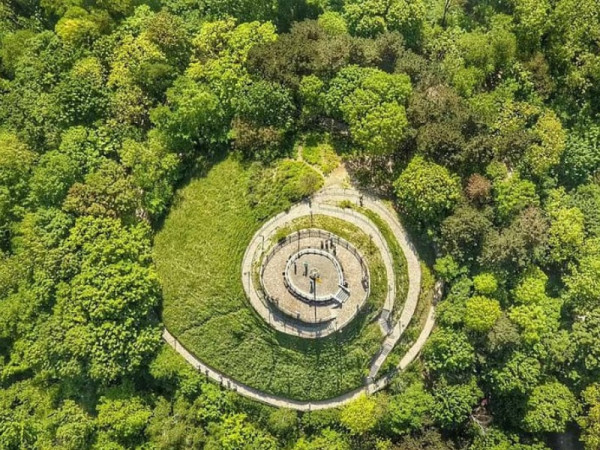
Often, the observation deck of the High Castle during the tourist season becomes very crowded, because most tourists pass the park and go only to the highest point of the city. High Castle Park will attract you with its neatness, silence and conciseness. Also due to its high location it is more deserted than in other parks in Lviv.
Therefore, we recommend that you go around the entire park - on a hot summer day in the shade of trees will be cool and surprisingly quiet after the noise of the central part of the place. And the landscapes here and there are no less beautiful than with crowded observation decks. If you want to try to be alone on the highest point of Lviv - the optimal time will be the sunrise, which is from here, by the way - fantastic.
